There’s a coffee shop in Tokyo that doesn’t advertise. No flashy signs, no social media campaigns—just a tiny, handwritten menu and a single barista who knows every regular by name. Yet, every morning, there’s a line stretching around the block.
If you ask the customers why they wait, they don’t just talk about the coffee. They talk about the experience. The way the barista remembers exactly how they take their latte. The time they got a free pastry just because it was their birthday. The little details that made them feel like more than just another order.
That’s the difference between a customer and a brand evangelist.
Anyone can get someone to buy once. The real magic happens when people don’t just return but bring others with them. When they don’t just recommend you—they brag about you. When your brand becomes a story they love telling.
The first 1,000 customers you earn aren’t just numbers. They’re your foundation. Treat them right, and they’ll turn into your loudest advocates—the kind of people who sell your business better than any ad campaign ever could.
So how do you make that happen? Let’s talk about it.
The First Sale Is Just the Beginning
Most businesses breathe a sigh of relief when they close a sale. Money in the bank, a new customer acquired—mission accomplished, right?
Not even close.
A sale is just a door opening. What happens next determines whether that customer walks through and never looks back—or sticks around long enough to bring their friends.
Think about the last time you made a purchase and felt genuinely valued. Not just as a transaction, but as a person. Maybe it was a handwritten thank-you note tucked into your package. Maybe the founder of a small business emailed you personally, asking if you loved your order. Maybe a company fixed an issue before you even had to complain.
Those moments stick. They turn a simple purchase into a relationship.
The problem? Most brands stop at the sale. They spend all their energy attracting new customers and almost none keeping the ones they have. That’s why so many businesses struggle with retention—customers come in the front door and leave just as quickly through the back.
But the brands people rave about? They don’t see a sale as the end of the journey. They see it as the start of a conversation.
So, what separates the forgettable brands from the ones that create lifelong evangelists? Let’s dig into that next.
Obsession Over the First 1,000: The Power of Personalization
In the early days of Airbnb, the founders weren’t sitting in a corporate office brainstorming ad campaigns. They were on the ground, knocking on doors, meeting hosts in person, and even helping them take better photos of their listings.
They weren’t just building a platform. They were building relationships.
Most businesses treat their first customers as stepping stones, but the smartest brands treat them like partners. When you make early customers feel like they matter, they don’t just stick around—they fight for your brand like it’s their own.
Here’s how you do it:
- Talk to them—like, actually talk to them. Send a personal email, jump on a call, reply to every comment on social media. The closer you are to your customers, the better you understand what makes them stay.
- Make them feel seen. Mention them in your content, feature their success stories, send a small, unexpected gift. People remember when brands treat them like more than just an order number.
- Turn them into co-creators. Let them vote on your next product, invite them to beta test new features, ask for their input. When people help shape something, they naturally want to see it succeed.
Your first 1,000 customers are your strongest feedback loop and your best marketers. Treat them like insiders, and they’ll make sure your brand never feels like an outsider.
Stories Spread Faster Than Ads: The Magic of Word-of-Mouth

People don’t rave about average. They don’t gather their friends to talk about a product that just works. They talk about the unexpected, the personal, the story worth telling.
Think about the last time you told someone about a brand unprompted. Maybe it was a small bookstore that slipped a handwritten book recommendation into your order. Maybe it was a restaurant that remembered your usual dish—even after months away. These moments don’t just make people happy. They make them want to share.
Word-of-mouth marketing isn’t luck. It’s engineered. And it starts with giving people something worth talking about:
- Create moments that make customers look good for sharing. People love being the first to discover something great. Give them exclusive access, a behind-the-scenes peek, or a quirky brand story they want to repeat.
- Turn customer wins into your best content. Share real stories of how people use your product or service. Feature them on your website, highlight them on social media—make them the hero.
- Give them a reason to bring others in. Whether it’s a referral reward, a VIP experience, or just a community they’re proud to be part of, people love feeling like they’re in on something special.
Ads can get attention, but stories build loyalty. And the best marketing? It’s the kind your customers do for you—without being asked.
The Unfair Advantage: Overdelivering When They Least Expect It
People expect businesses to meet expectations. That’s the bare minimum. What they don’t expect is to be surprised in a way that makes them remember you long after the transaction.
One hotel in New York has a simple yet genius trick: If a guest forgets their phone charger, they don’t just apologize. They send someone out to buy one and deliver it to the room—free of charge. The cost? A few bucks. The result? A customer who will never book anywhere else.
Overdelivering isn’t about spending more—it’s about caring more. And it doesn’t take much to make a lasting impression:
- Small, unexpected gifts. A free sample tucked into an order. A surprise discount on a customer’s birthday. A handwritten note instead of a generic email.
- Fixing problems before they escalate. When an order is delayed, don’t wait for the complaint. Get ahead of it with a proactive update or a goodwill gesture.
- Going beyond what’s promised. If you say delivery takes five days, aim for three. If a customer asks for help, give them more than they expected.
Loyalty isn’t built through transactions. It’s built in moments. And the brands that win? They create moments customers can’t stop talking about.
Turning Fans into an Inner Circle
People don’t just want to buy from brands—they want to belong to them.
Apple doesn’t just have customers; it has die-hard fans who camp outside stores for new releases. Harley-Davidson riders don’t just own bikes; they get tattoos of the logo. These brands figured out a simple truth: Loyal customers aren’t just repeat buyers—they’re part of something bigger.
The good news? You don’t need a billion-dollar brand to create that kind of loyalty. You just need to give customers a reason to feel like insiders.
Here’s how:
- Make them part of the story. Give them behind-the-scenes access, involve them in product decisions, or invite them to beta test new features. When people help shape something, they take pride in it.
- Build a space where they connect. Whether it’s a private Facebook group, a Slack channel, or an exclusive event, create a place where your best customers can interact—not just with you, but with each other.
- Reward advocacy, not just purchases. Some of your biggest supporters may not be your biggest spenders, but they bring in new customers. Find ways to recognize them—whether it’s exclusive perks, early access, or a simple public shoutout.
The brands that create evangelists don’t just sell to their customers. They build with them. And once someone feels like they truly belong? They’ll make sure everyone they know hears about it.
The Long Game: Evolving with Your Evangelists
Building a loyal customer base isn’t a one-time effort. The brands people stick with for years are the ones that grow alongside them.
Nike didn’t just sell sneakers. It created a movement that evolved from hardcore athletes to everyday fitness enthusiasts. Netflix didn’t stay a DVD rental company—it listened, adapted, and became a streaming giant. The most loved brands don’t just keep customers happy in the moment. They anticipate what they’ll want next.
Here’s how to keep your biggest fans engaged as you scale:
- Stay in the conversation. Keep listening to your customers—even when you think you know them. Watch how their needs change, read between the lines in feedback, and ask them what they want next.
- Avoid the trap of outgrowing your early supporters. Too many companies chase new audiences at the cost of the ones who built them. Find ways to honor your early adopters—exclusive perks, nostalgic nods, or a voice in what comes next.
- Keep surprising them. Even loyal fans can drift away if the brand stops feeling fresh. Look for ways to reignite excitement—whether it’s new features, special experiences, or simply reminding them why they fell in love with your brand in the first place.
Loyalty isn’t something you get once. It’s something you keep earning. And the brands that never stop earning it? They don’t just have customers. They have evangelists for life.
Final Thoughts: It’s Not About the First 1,000—It’s About the Next Million
The first 1,000 customers you win aren’t just buyers. They’re the foundation of something much bigger.
If you treat them like transactions, they’ll move on. But if you make them feel like insiders, partners, and part of a story worth telling? They’ll bring others with them. They’ll do the marketing for you. They’ll turn your brand into something people don’t just buy from—but belong to.
Every great brand evangelist starts as a customer. The only question is: What are you doing today to make them stay?




